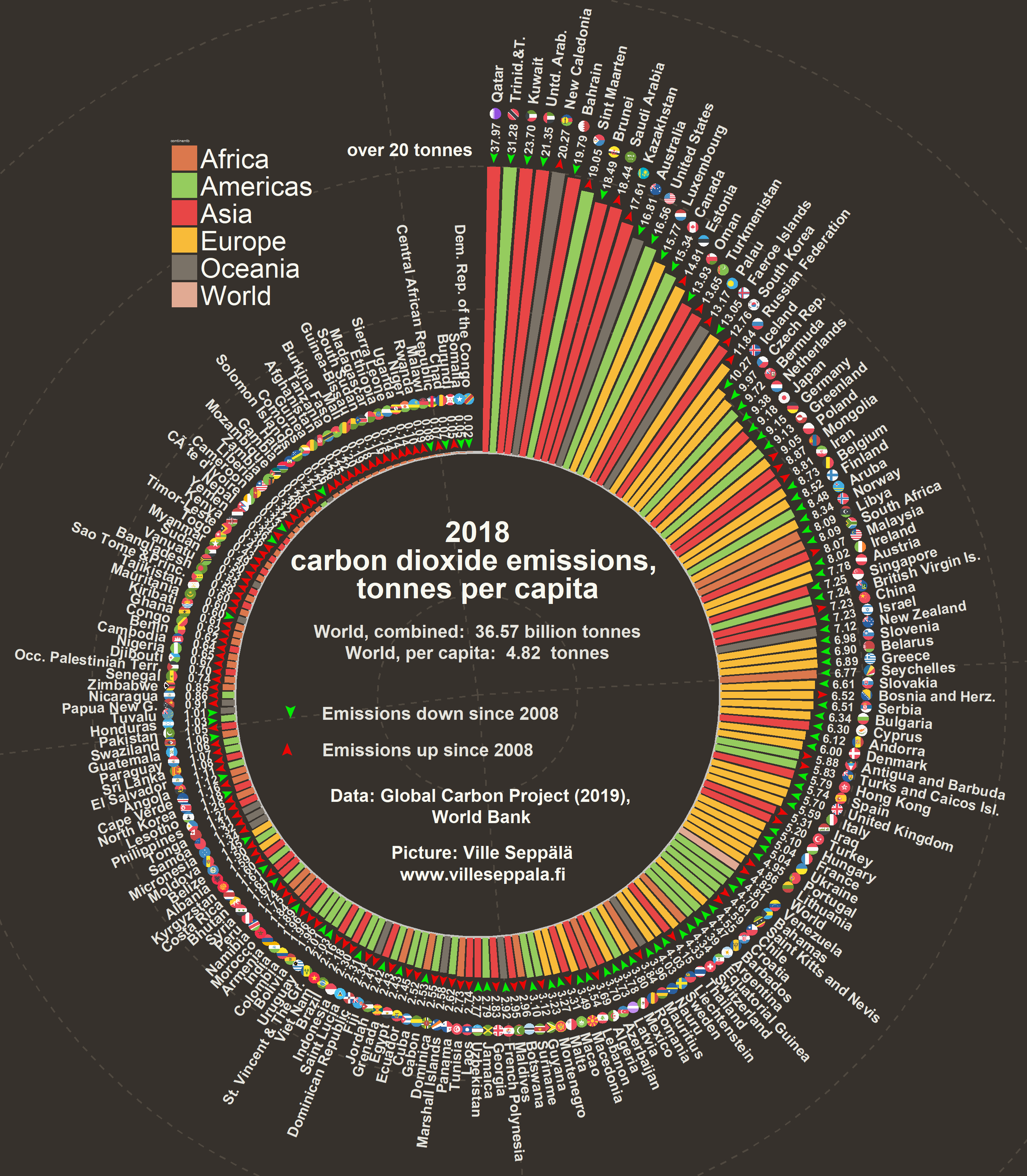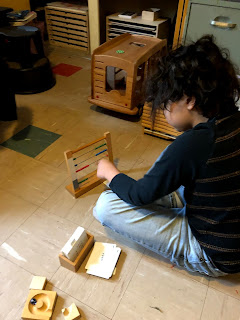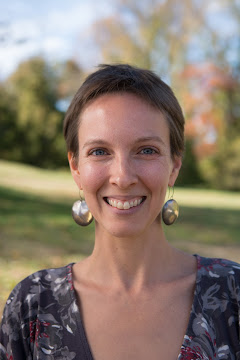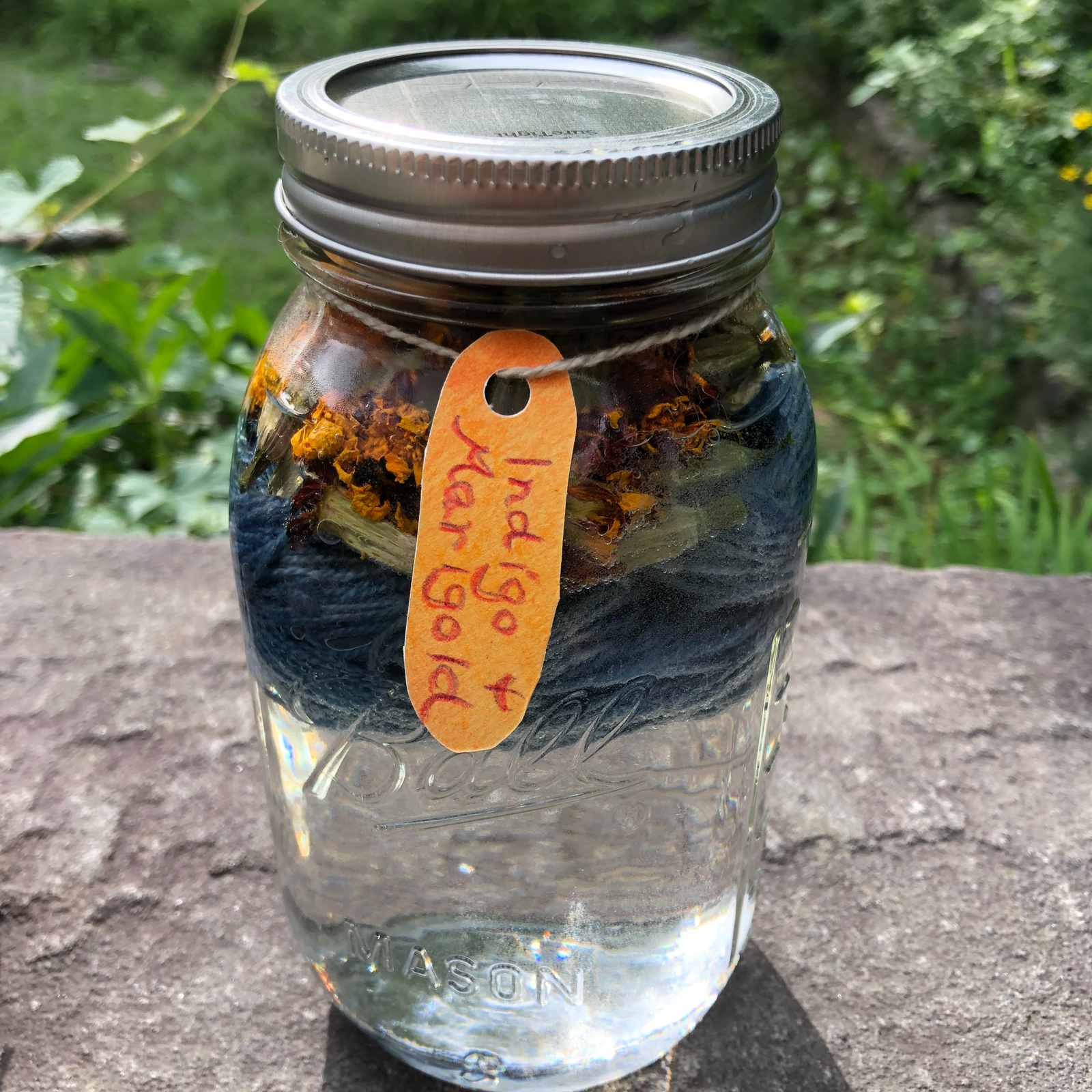Week One included
- eurythmy with Melissa Lyons
lecture series and clay modeling with Michael Howard
handwork with Nicole Rodriguez and Miho Suzuki
notes from handwork projects
- Monday - plant dyeing pieces of wool felt for embroidery projects (rectangle felt with madder, rectangle felt with indigo, square felt with onion skin), plant dyeing silk floss for embroidery projects, how to tie a skein for dyeing, lesson on mordanting silk and wool fibers, begin white lamb due Tuesday, begin gnome and gnomette due Thursday, invent a unique animal pattern of our own design to share on Friday
plant dyed embroidery floss (18)
-
12 colors using glass canning jars:
dyer's chamomile flowers
onion skins
logwood powder
cochineal
madder root
indigo powder
marigold flowers
cosmos flowers
avocado pits
madder root + cochineal
osage orange + logwood powder
cochineal + logwood powder
6 colors using the indigo vat:
indigo light (one dip)
indigo medium (three dips)
indigo dark (five dips)
osage orange overdyed with indigo
tea overdyed with indigo
cochineal overdyed with indigo
1st grade lamb
- garter stitch, cast on 36 stitches, knit 10 rows, cast off 8 at the beginning of the next two rows, knit 10 rows, cast on 8 at the beginning of the next two rows, knit 10 rows, cast off 12 stitches at the beginning of the next two rows, knit 20 rows
1st grade extra project - star gnome
- can be in garter or stockinette stitch, clothes can be in garter and face in st st, use this project as a chance to teach purling
gnome body - begin with pants color, cast on 10 stitches, knit 10 rows, keep this leg on the needle and cast on 10 again, knit 10 rows, join the two legs, knit 10 rows, switch to face color, knit 10 rows, do a gathering stitch (cinch, not cast off)
gnome cap - cast on 24, knit 4 rows, k2tog at start of each row until it reaches a point
gnome arms - cast on 10 stitches in shirt color, knit 10 rows
Tuesday - how to stuff the lamb properly, strain dyestuffs and place mordanted silk floss into dyebaths and allow to cook overnight, second round of indigo dyeing, lesson on mordanting cellulose fibers, make butterfly stitch strings for string games, begin king penguin
Wednesday - place plant dyed silk floss into retayne bath for 20 minutes and then hang to dry, continue penguin, knitted doll pattern, washcloth pattern, lecture on child development and anthroposophy
2nd or 3rd grade knitted doll
- cast on 12 stitches, knit until the leg is as long as you would like, then cast on for a second, knit second leg, join them, knit torso as long as you want it to be, knit the head smaller than the torso, k2tog across last row to decrease and gather
cast on 10 stitches for arms in shirt color, knit until the arm is as long as you would like, switch to hand color at end of arm where the gather is
"I can't give you a pattern for this because people are different sizes"
you could also cast on 10 stitches for the legs in which case you would use 8 stitches for the arms
"we come in all different colors and so do our dolls"
"we come in all different sizes and so do our dolls"
options: garter stitch for feet and hands then stockinette stitch, shoe colors, clothing colors, legs in skin color or tights color, then shorts or undies color, then shirt color
do not make the doll all in skin color such that he/she is naked
the doll can be made so that he/she is completely clothed already (for slower knitters) or made with only undergarments like tights/undies and then separate clothing and accessory patterns are invented & knitted for the doll (for faster knitters)
2nd or 3rd grade diamond washcloth
- use white or off-white worsted weight cotton yarn
this pattern is specifically to practice increasing by knitting into the front and back, creating a nice design on the border (it is easy to crochet into if you'd like to introduce crochet)
k1
knit in front and back (making two stitches out of one)
for the first stitch in every row knit in front and back
continue until it is is wide as you would like it to be, then k2tog at the start of each row until you get back to one stitch
optional: crochet a border around your washcloth
Thursday - finish penguin (square felt piece), look at our 18 beautiful silk floss colors, embroidery bookmark projects (rectangle felt pieces), continuation of lecture series with a focus on the 12 senses
Friday - gnome party with Mary Lynn Hetsko, finish sharing of homework from Summer (which we have done throughout the week)
recommended books:


Reading my quick notes here is in no way a substitute for being in the Applied Arts Program, which is incredibly rich and deep, so please do not think that I am sharing them with that intent. I hope to encourage others to take this valuable training with this glimpse into our amazing work. I also find that having the patterns as a quick resource helps me when I have to remake them for my homework. I hope this is helpful to others as well. If you are finding yourself drawn to taking this training, please do consider it!
This post contains affiliate links to materials I truly use for homeschooling. Qualifying purchases provide me with revenue. Thank you for your support!


























































































































 Immersive Experience
Immersive Experience Immersive Experience
Immersive Experience






